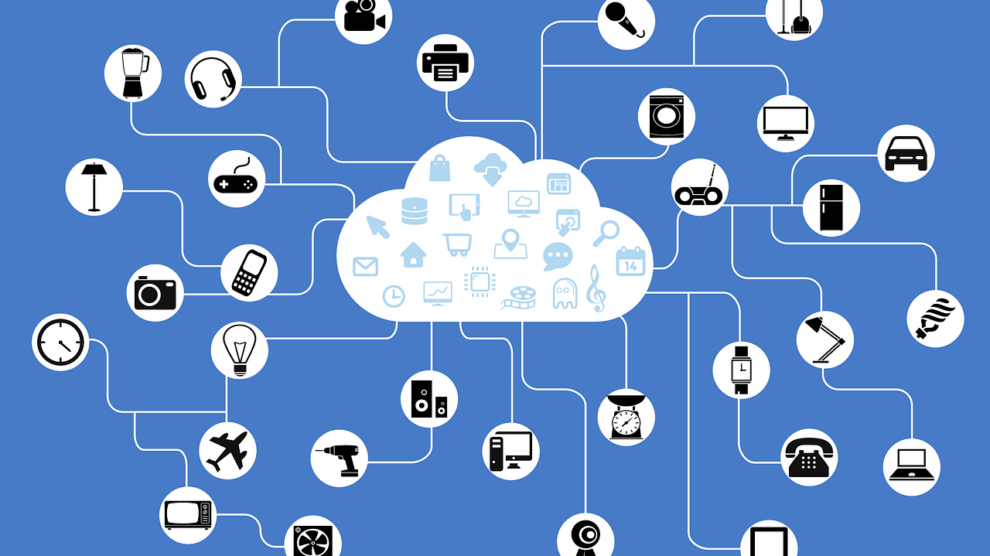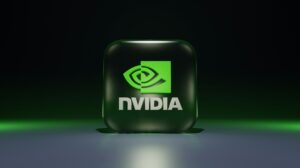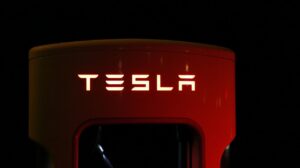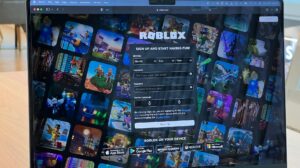The future of the Internet of Things is not just limited to households, IoT development has moved from pilot to production stage to drive significant business value and bring digital transformation into reality. Today, organizations are employing intelligent products and solutions to boost business efficiency, create better customer experiences, enable customization, and deliver on digital transformation like never before.
In fact, Vodafone’s Spotlight Research states that IoT has played an instrumental role in business resilience during the COVID-19 crises. The great majority of businesses (approx. 84%) said this technology had ensured business continuity in uncertain times.
This echoes that IoT is a powerful element that businesses not only need today but also in the future to respond to changing market needs and use IoT data collection to make informed business decisions.
So, What Is the Internet of Things?
The Internet of Things is the network of various internet-connected devices or “things” that have built in sensors, electronics, or other technology for connecting and exchanging data with other devices over the Internet. These devices range from household objects to enterprise assets, agriculture tools to manufacturing equipment, and the list goes on.
It is worth noting that the number of IoT devices is expected to reach 22 billion by 2025, up from 10 billion in 2020.
The statistics clearly show that IoT is going to become a key driver in business and customer experience strategies. The combination of sensors, communication devices, analytics, cloud and low-cost computing is going to create a mesh of interconnected solutions and products that is building a new age of automation for businesses.
How Are Businesses Adopting IoT?
As IoT development continues to evolve, businesses, whether small or large, will find new horizons to embed tech, ramp up productivity, and increase efficiency. In fact, many businesses or enterprises have started to step into the digital world with IoT. For example, General Tools, a company specialized in manufacturing a full line of precision instruments, electronics, and measurement tools, has leveraged IoT to build a ToolSmart application. This mobile app finishes customer projects with precision on time & within budget. The app enabled Bluetooth connected tools capture data and update customers about the project completion time as well as cost on the fly. This is bringing about a revolution regarding the determination of the scope of jobs.
Other industry areas adopting IoT include:
- Banks are leveraging IoT technology to bring on-demand services closer to customers through kiosks, resulting in increased accessibility of services.
- Agriculture machinery companies are applying IoT to keep track on important agricultural parameters like moisture levels, air, and soil temperature, and convey the collected data to farmers. Utilizing such tools helps farmers to do precision farming which greatly increases the efficiency of fertilizers and produces good yield.
- The medical sector is also employing IoT based wearable devices to gather data, monitor their patients’ health, and make their lives safer.
Microsoft’s annual IoT Signals report states that 94% of companies that have adopted IoT technology have started getting a return on their investments.
No doubt that IoT is providing businesses with opportunities to achieve operational efficiency, improve customer experience, and build new revenue streams.
Latest and Greatest IoT Trends
Building end-to-end systems and a smart range of products is critical in this digital era. While there are a great number of ways for businesses to include IoT devices in their business model, there are five specific trends that are particularly appealing to a majority of companies, regardless of their industry.
Asset Tracking and Inventory Management
For businesses that face problems in inventory tracking and management, applying IoT is a real game-changer. IoT applications allow companies with warehouses and storage units to monitor and track inventory by means of some automatic control points operated by smart devices. This helps companies reduce manpower that is excessively engaged in inventory-related matter. In a similar manner, asset tracking – when done with IoT – can help businesses catch faulty assets or assets that went missing during transportation.
In addition, combining IoT products with analytics can prevent theft scenarios. For example, Amazon is using Wi-Fi Robots that scan QR codes on its wide range of products and track orders, leading to an uptick in shipping capacity.
Data Sharing
The Forbes Insights Survey finds that business areas that have seen new avenues of growth include predictive maintenance, automatic product upgrades, and asset tracking. A suite of sensors located in production systems, assembly lines, storage units, and vehicles produces data streams that help businesses understand the patterns in which a user connects with the device. As massive amounts of data keep flowing in from data points, sensors, IoT applications, this real-time information helps companies get insight into productivity and performance standpoints. Thus, it is learning from data and its patterns which in turn helps organizations to innovate and grow.
For example, Fitbits and smart watches communicate data through sensors and provide us with the most precise information based on our needs.
Market Strategizing
As organizations are learning from a large amount of data, they can ultimately build marketing strategies on the basis of processed data to meet customer requirements. Through internet-connected devices, organizations can obtain a multi-dimensional view of customers’ preferences. After learning the preferences, they can build campaigns and customer experiences that yield results. On top of that, IoT based applications can segment customers based on data to generate customized offers to uplift customer satisfaction rate, and enhance customer experience.
For example, a company known as Big Ass Fans has built IoT based fans comprising light, speed and temperature sensors. By learning about the customer preferences, the company sets its fans’ speed and stands out from other ceiling fan brands on the market.
Harnessing Real-Time Insights
In the information age, businesses work on data. The more data they have, the better the insights that can be gleaned, the more informed decisions businesses can make. With IoT devices, they can obtain real-time data, which in turn helps them gain visibility into what’s happening inside. For example, retailers can obtain insight about customer behaviors and their choices and can replace inventory or stock to maximize product turnover with efficient sales monitoring in place. Also, IoT can work in sync with systems and smart cameras to prevent defects and quickly respond to the issues. For example, some airports are employing smart cameras with sensors to address issues like broken escalators, unhygienic washrooms and bottlenecks within corridors.
Improved Efficiency and Productivity
Enterprises are always on the lookout to achieve greater efficiency, flexibility, and productivity. The proliferation of IoT devices across various parts of the organization means digitization of process flows, which further helps reduce costs and decrease time to market. Efficiency can be realized as data flows in from sensors, is processed and then further changes are deployed without human involvement. For instance, vehicles are redirected to the most optimal route to make travel faster. Drones may be deployed over an oil field to monitor the pipelines and identify issues way before humans reach them.
The Future Is Smart for Businesses
For businesses, IoT is a future-proof technology that brings more opportunities to businesses in terms of optimizing their operations and increasing profits. By bringing data, intelligence, and customer experience together, it is driving digital transformation at scale for many businesses.





